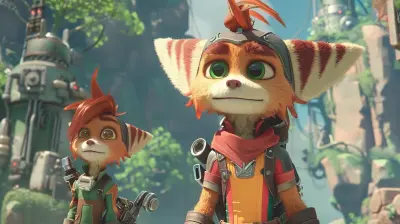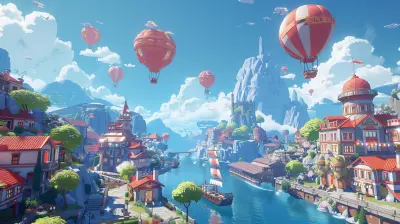Downloadable Content and its Impact on Game Pricing Models
25 October 2025
Picture this: you're standing in line at your favorite burger joint. You order a burger, only to be told that cheese, pickles, and even the fries are sold separately. Annoying, right? That’s pretty much how many gamers feel when it comes to Downloadable Content (DLC) in video games. DLC—those extra goodies like maps, characters, or side quests—has made a massive splash in the gaming world. But, let's be real for a second: how has it reshaped the way we, as gamers, pay for our cherished digital adventures?
Grab your Mountain Dew and strap in, because we’re diving deep into the love-hate relationship gamers have with DLC and its sneaky (or sometimes not-so-sneaky) impact on game pricing models.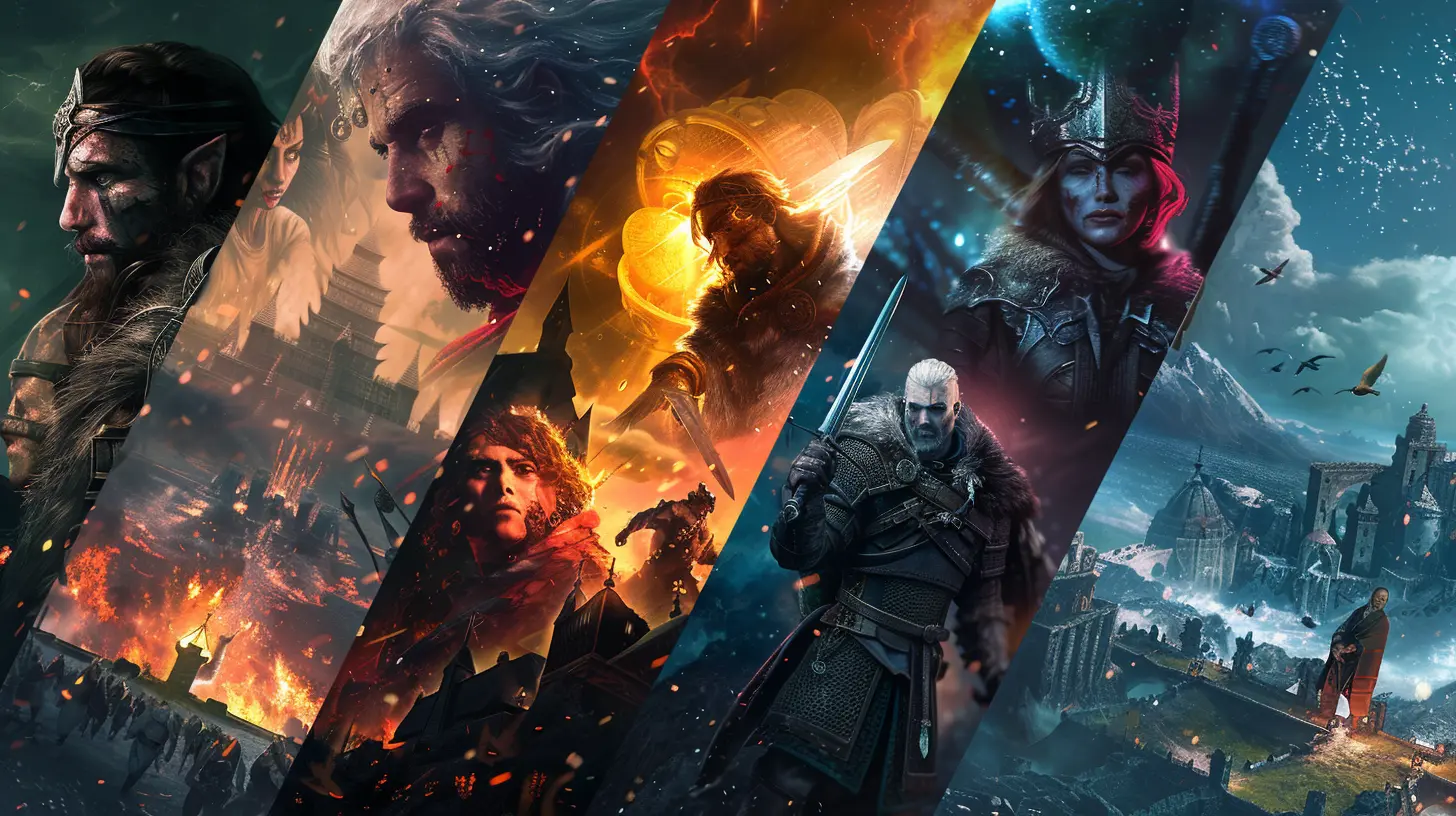
What in the Pixelated World Is DLC?
Let’s kick things off with the basics. DLC stands for Downloadable Content, which sounds innocent enough, right? It's like the sprinkles on top of your ice cream...except sometimes you’re already charged for the cone and the scoop, and the sprinkles cost extra.Game developers create DLC as additional content for video games. This could be anything from a killer weapon to new gameplay episodes or cosmetic outfits that make your avatar look like a walking disco ball. The idea is that games don’t have to end at the credits. Developers can keep feeding us new experiences—assuming, of course, we’re willing to cough up some cash.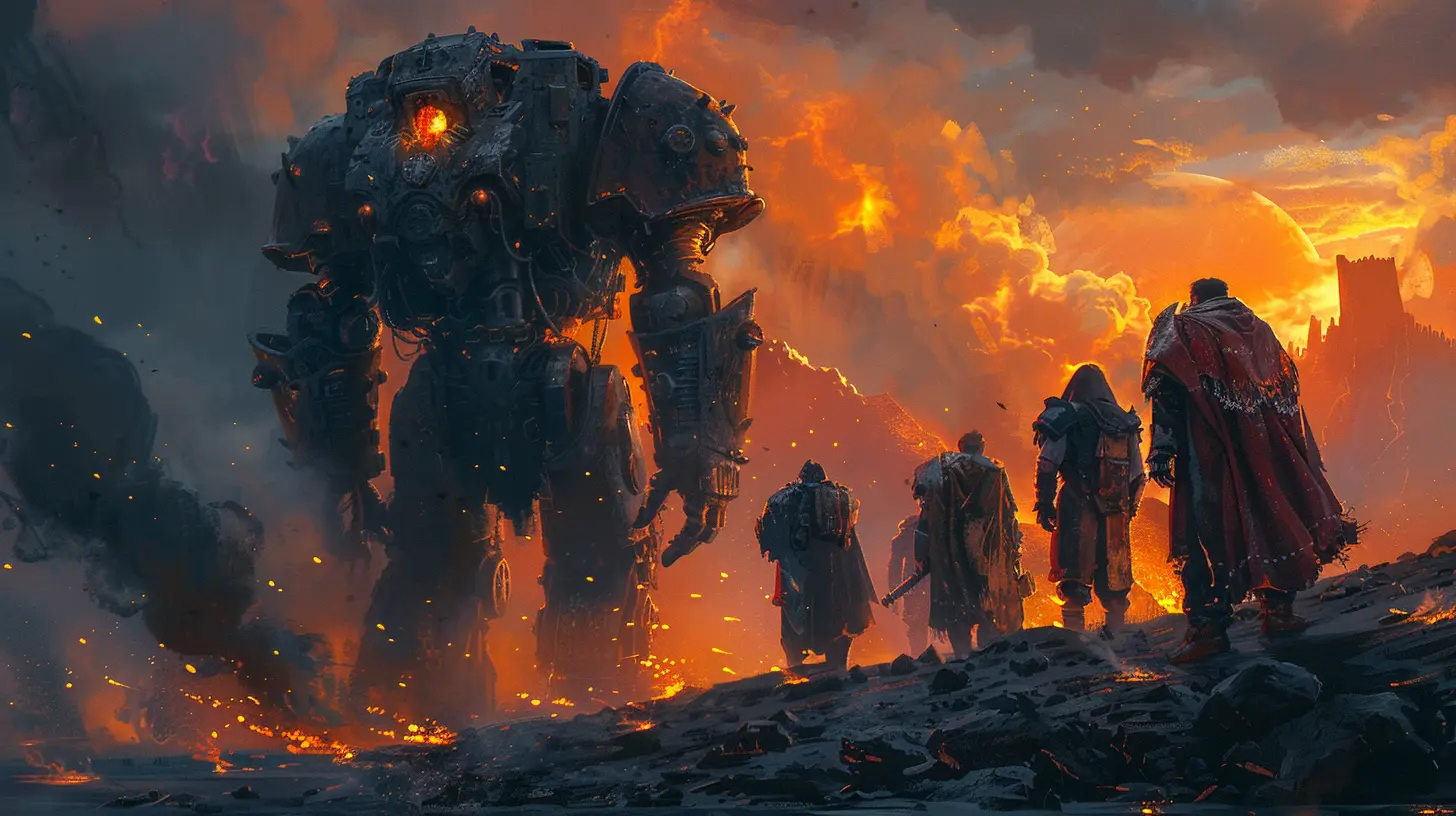
The Birth of DLC: A Pixel-Perfect Evolution
Back in the golden age of gaming, you bought a game, and that was it. No sudden expenses three weeks down the road. You paid for a game cartridge or disc, popped it into your console, and enjoyed the complete package.Fast forward to the era of cheap internet and massive storage sizes, and suddenly DLC became the trendy thing. Why sell one $60 game when you can toss in some $10 DLC packs every few months? Developers saw an opportunity, and boy, did they run with it like Mario chasing a mushroom.
While DLC started off as a way to enhance games post-launch, it didn’t take long before it evolved into a crafty tool to pad profits. And no, I’m not just talking about the cosmetic stuff. I’m talking about pay-to-win schemes, season passes, and content that’s locked from the start (we’ll complain about that later, I promise).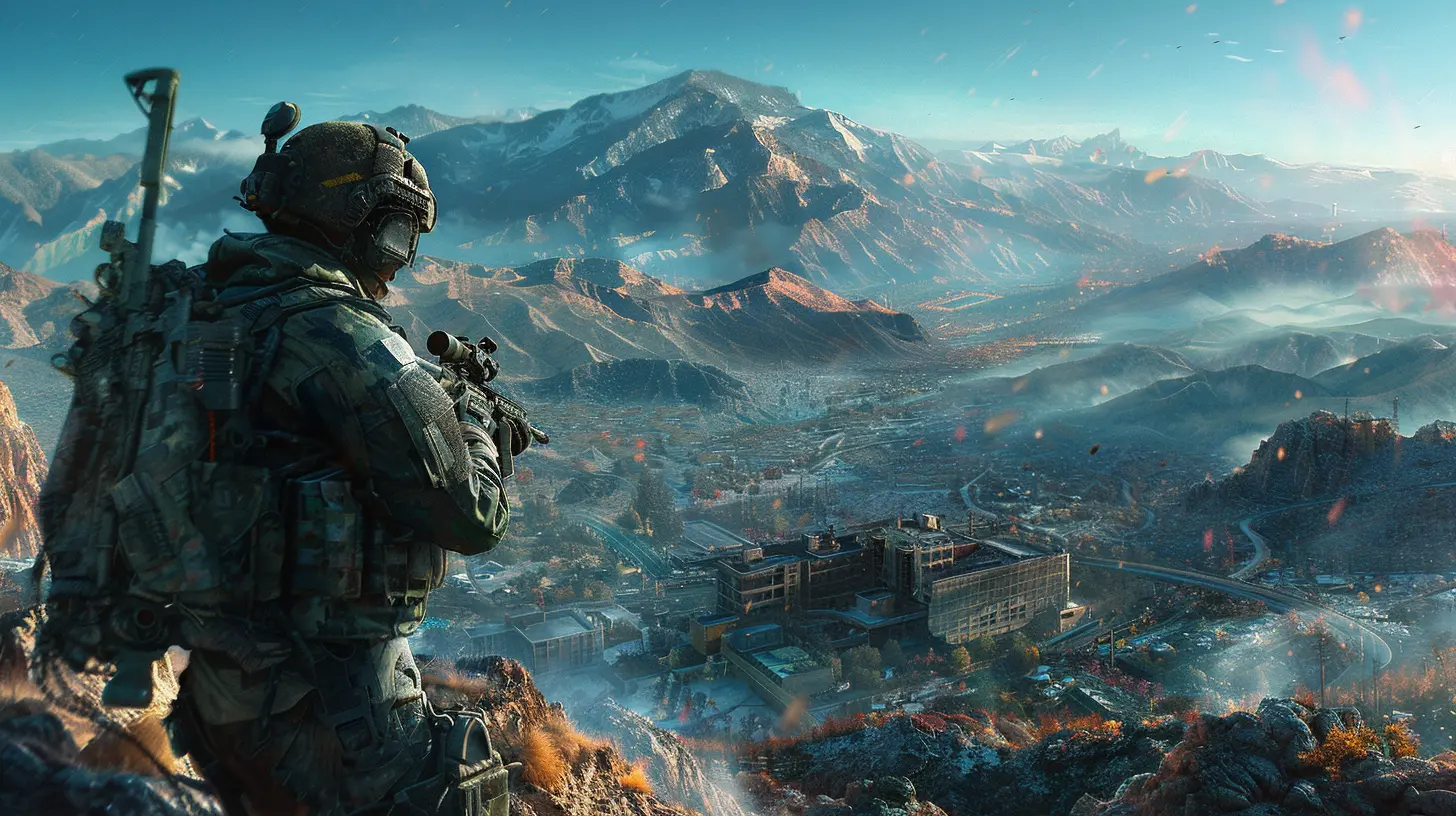
How DLC Has Changed Game Pricing
1. Base Prices Are Just the Beginning
Once upon a time, $60 felt like a pricey but fair deal for a blockbuster video game. But now? $60 gets you the plain cheese pizza version of the game. Want pepperoni and mushrooms? That’s an extra $15 for the DLC bundle. Oh, wait—was that pineapple DLC? That’s another $10.Modern pricing models often start with a barebones base game and pile on optional upgrades, expansions, and content packs that inflate the overall cost. And let’s not even talk about Ultimate Editions that come bundled with Season Passes and exclusive DLC for double the price.
In short, $60 isn’t the ceiling anymore; it’s the floor. And gamers? Well, we either adapt or cry into our wallets.
2. The Rise of "Live Service" Games
Live service games like Fortnite or Destiny 2 have taken the concept of DLC and transformed it into a subscription-like ecosystem. Developers continuously churn out new updates, characters, and challenges—all for a price, of course. They’ve turned gaming into a buffet, but instead of eating everything in one sitting, you’re paying for every plate.The upside? These games stay fresh for years. The downside? You end up spending more over time than you would on ten standalone games.
3. Paywalls and Locked Content
Let’s talk about the elephant in the room: paywalls. There’s nothing worse than buying a game, booting it up, and realizing that some of the content is locked behind a DLC paywall. It’s like buying tickets to a concert, only to discover that half the songs are premium upgrades.Some games even ship with certain content already coded into the base game—locked, until you slap down another $5. Yeah, they’re charging you extra for something that’s already on the disc you bought. Sneaky? Genius? Evil? Maybe all three.
4. Cosmetics and Microtransactions—The New DLC Cousins
Who knew gamers would spend real money on virtual outfits? And yet, here we are. A growing chunk of DLC revenue comes from microtransactions for cosmetic items like skins, mounts, or emotes. Sure, they’re optional, but you know you’re buying that shiny gold armor if it makes you look cooler while getting stomped in multiplayer.Some developers swear these microtransactions keep games free-to-play or fund future updates. Others? They’re just cashing in on gamers who can’t resist a sparkly hat for their avatar.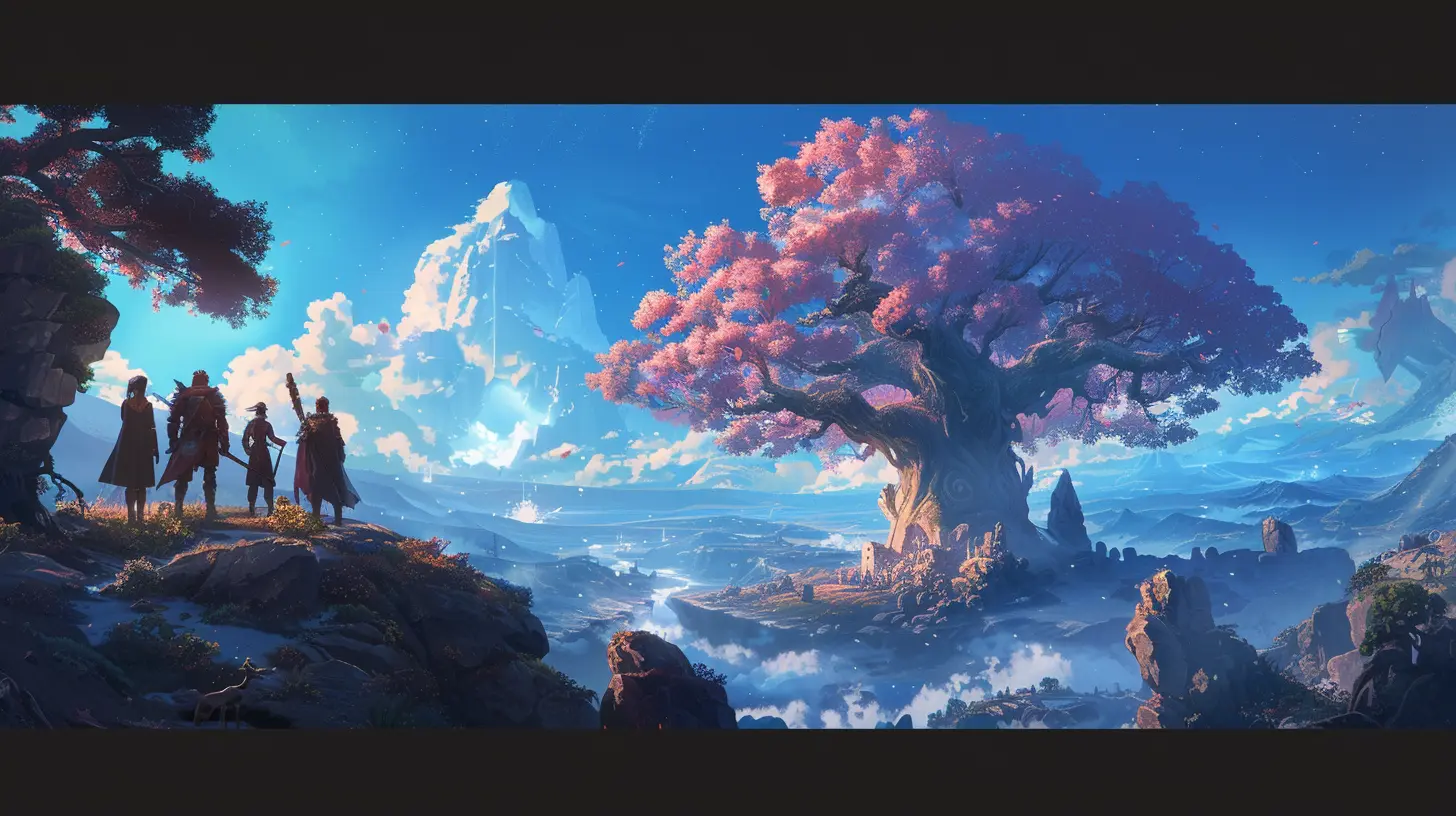
The Pros and Cons of DLC
Let’s take a breather from roasting DLC (just for a minute) and acknowledge that, when done right, it’s not all bad.The Good Stuff
- Extended Gameplay: DLC keeps the fun going long after you’ve beaten the main story. It’s like getting bonus dessert after a delicious meal.- Creative Freedom: Developers get room to experiment with new ideas without creating an entirely new game. Some of the best Elder Scrolls or The Witcher 3 DLCs added incredible depth to already great games.
- Community Engagement: With steady DLC drops, developers maintain an ongoing relationship with fans. Everyone loves feeling catered to, right?
The Not-So-Good Stuff
- Cost Overload: Do you enjoy paying twice the price of a base game just to feel like you got the “complete” experience? Yeah, didn’t think so.- Splintered Player Bases: Multiplayer games with DLC maps often split their player base—one group with the DLC and another group stuck on the vanilla maps, waiting for someone to play with them.
- Day-One DLC Drama: Few things irritate gamers more than finding out DLC was ready at launch but sold separately. That’s like serving you half a pizza and asking for more money to heat up the rest.
Gamers’ Rebellion: Are We Fighting Back?
Gamers aren’t exactly known for keeping quiet when they feel shortchanged. Remember Battlefront II’s loot box fiasco? The backlash was so intense that it forced EA to overhaul its entire progression system. Other games (cough Cyberpunk 2077 cough) faced massive scrutiny for “unfinished” launches and thinly disguised DLC strategies.Sure, we like to rant on Reddit or Twitter, but at the end of the day, many of us still pony up for that shiny expansion pack, don’t we? It’s a cycle of outrage and acceptance—like agreeing to pay for extra luggage on a budget airline.
What Does the Future Look Like?
DLC isn’t going anywhere. If anything, it’s becoming the foundation of gaming business models. But with consumer pushback growing louder, developers might need to re-evaluate how they package and price their content.We might see more subscription-style services, like Xbox Game Pass, that bundle games and DLC into one predictable payment. Or, who knows? Maybe developers will start tossing in some free DLC now and then, like a peace offering to woo wary gamers.
Final Thoughts: Love It or Hate It, DLC Is Here to Stay
DLC has undeniably shifted the way we pay for games. Whether it’s providing extra content that’s worth every penny or turning into a relentless cash-grabbing machine, DLC has woven itself into gaming’s DNA. As gamers, we can only hope developers strike a balance—delivering quality content without feeling like they’re breaking into our piggy banks with a crowbar.So, the next time you’re pondering whether to buy that DLC pack, just ask yourself: *Is this the sprinkles I want on my gaming sundae, or am I better off with just the scoop?
all images in this post were generated using AI tools
Category:
Downloadable ContentAuthor:

Francesca West
Discussion
rate this article
1 comments
Starling McDermott
DLC can be a game-changer! Embrace the extras and level up your gaming fun! 🎮✨
October 25, 2025 at 4:04 PM

Francesca West
Absolutely! DLC enhances gameplay and offers more value, shaping modern pricing models in the industry. 🎮
